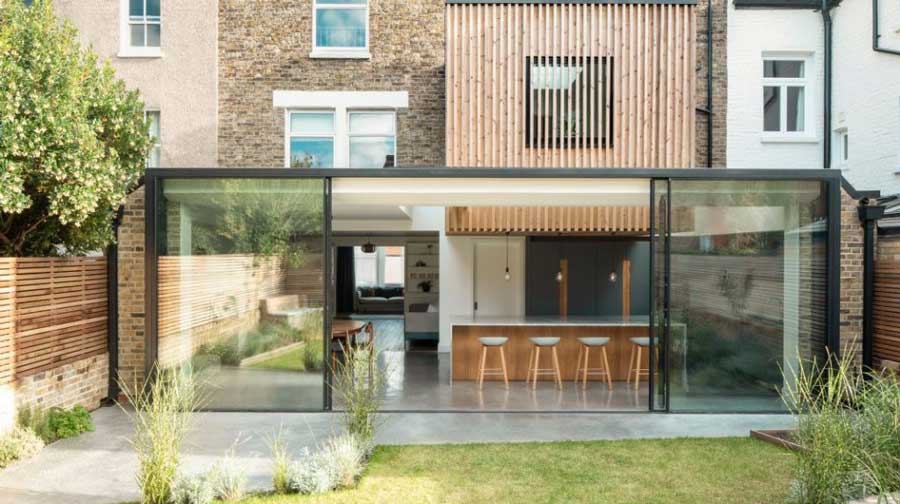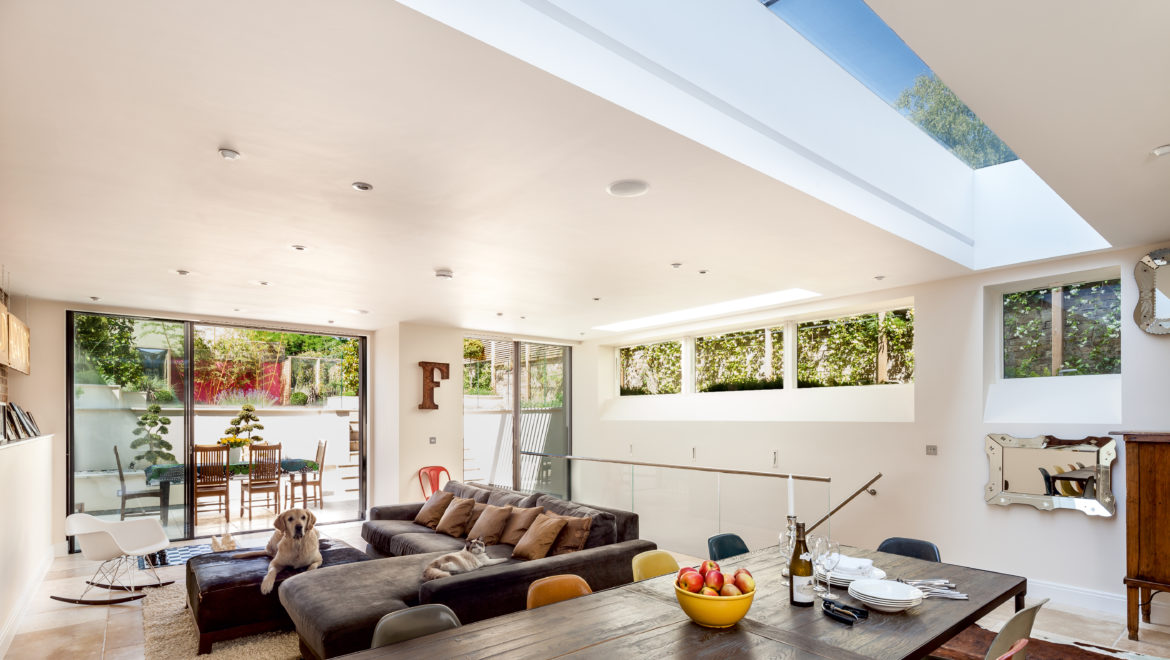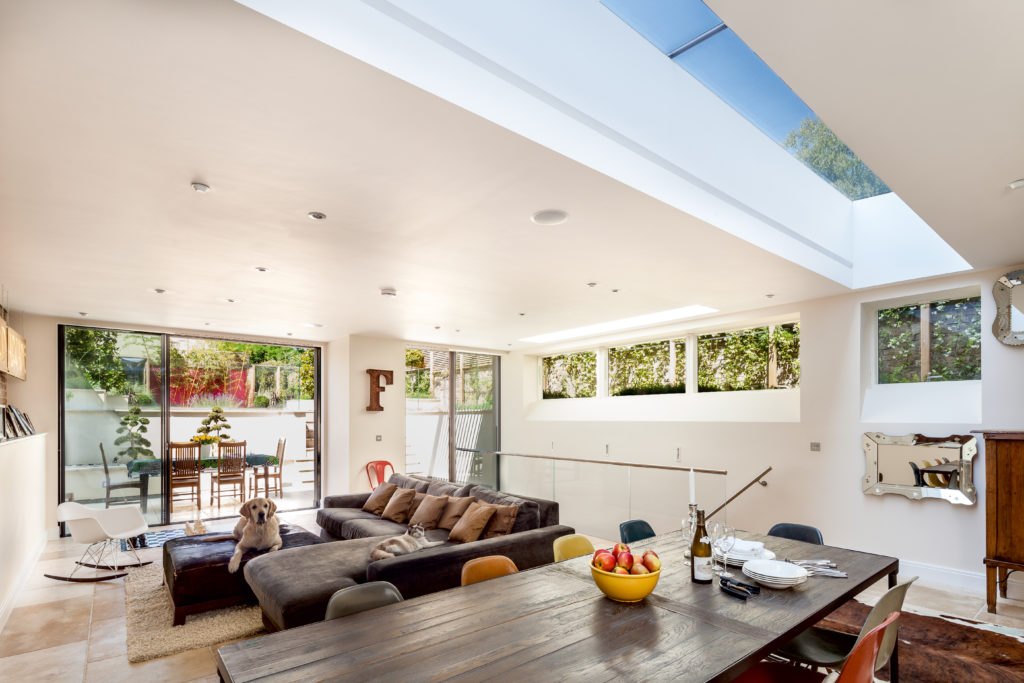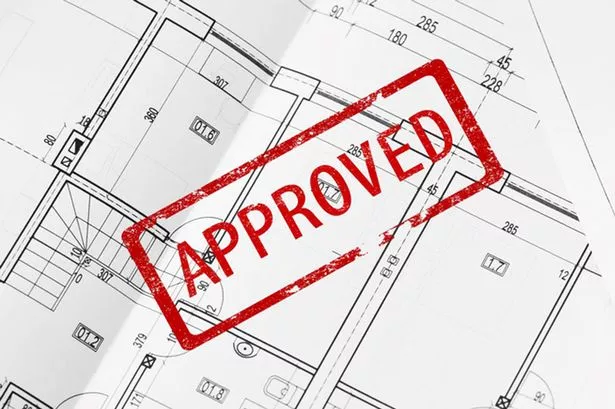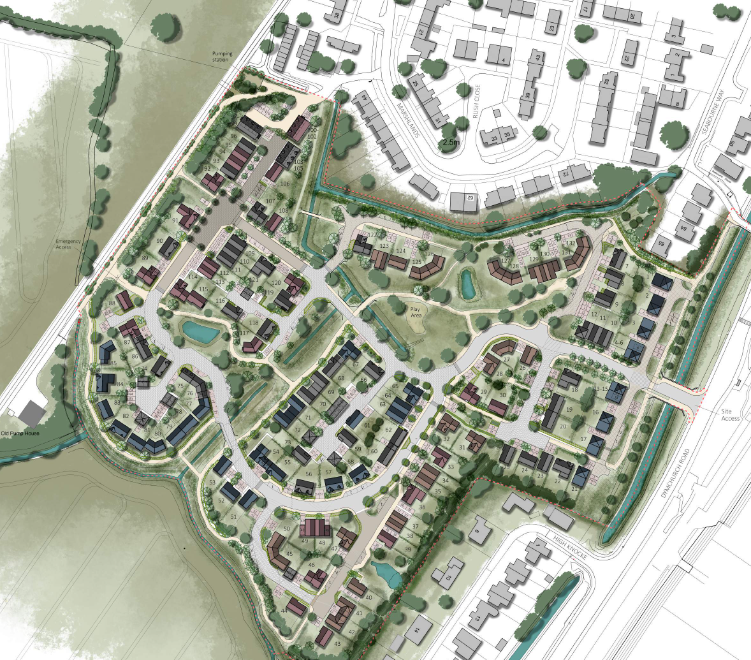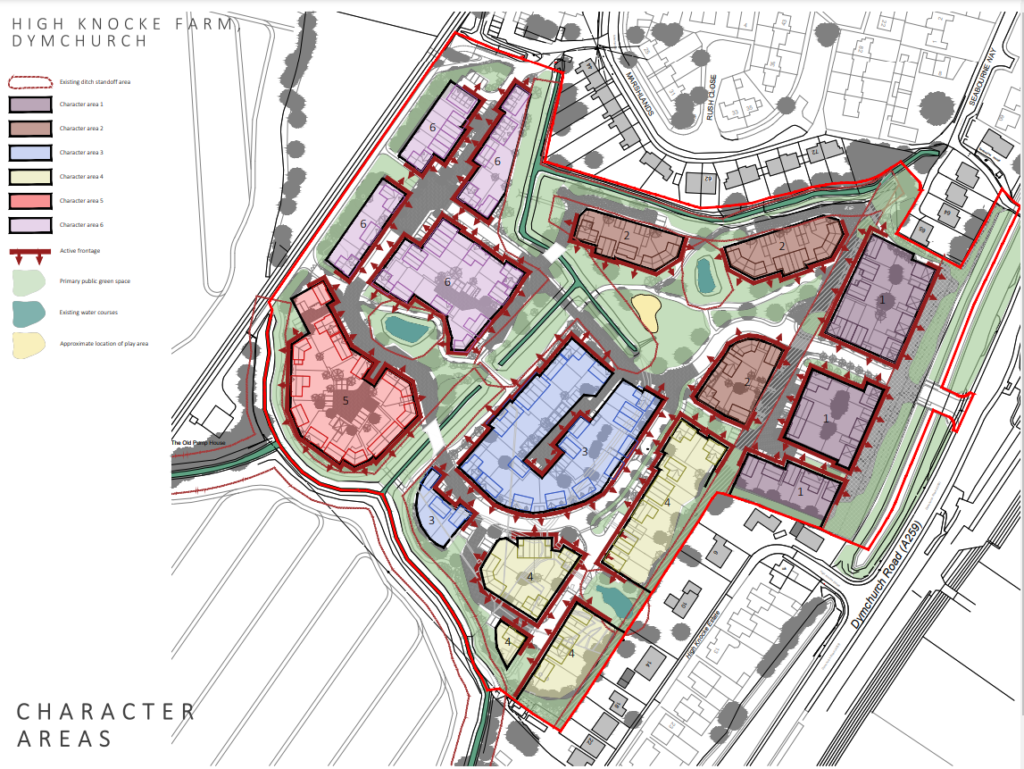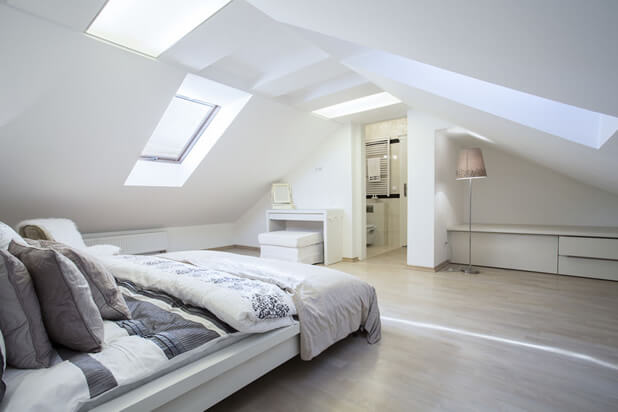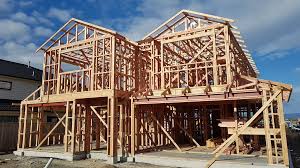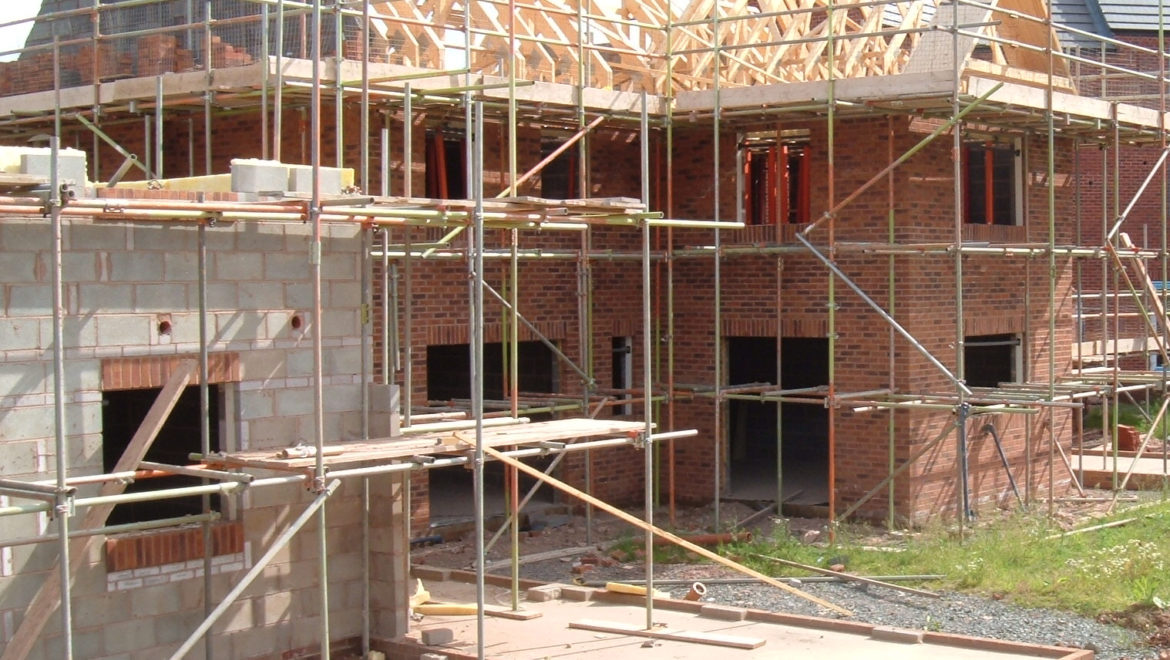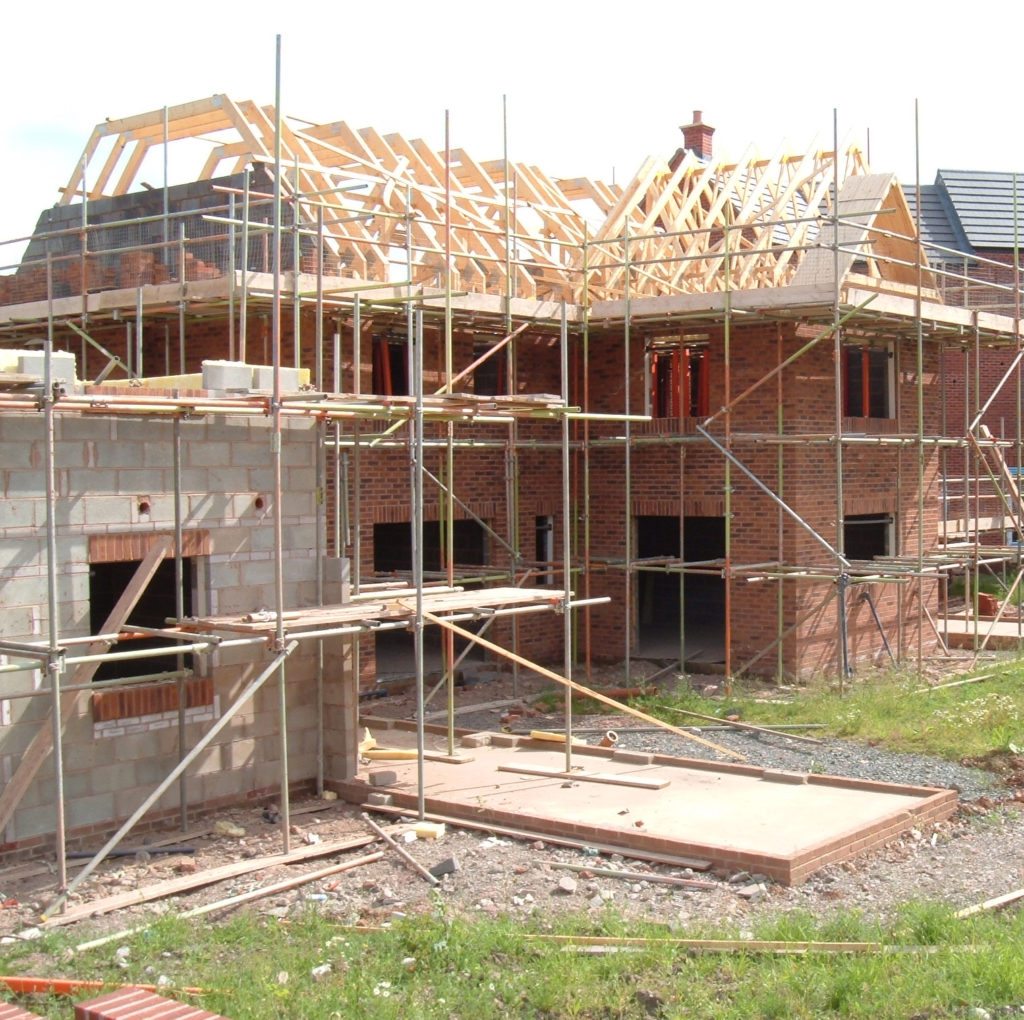Wrap Around Extensions: Redefining Space and Functionality
As the demand for additional living space continues to rise, homeowners are exploring solutions to expand their homes without compromising on comfort or aesthetics. Among these solutions, wrap-around extensions have become a popular choice. By surrounding an existing structure, these extensions maximise space while seamlessly blending the old and new. This article explores the transformative power of wrap-around extensions and how they redefine space and functionality.
Wrap around extensions amplify living space’s –
Wrap-around extensions provide an opportunity to increase living space without altering the original floor plan. By encircling the main structure, these extensions create a continuous flow of additional rooms that can serve various purposes. From expanding the kitchen area to creating a sunlit lounge, L shape extensions offer endless possibilities for customising living spaces to suit individual needs.
Wrap around extensions enhance natural light and views –
One of the top advantages of a wrap-around extension is the amount of light the bring to a home. With additional windows and doors placed around the extension, sunlight can flood the interior, creating a bright and inviting atmosphere. Furthermore, wrap-around extensions offer homeowners the opportunity to capture breathtaking views from multiple angles, blurring the boundaries between indoors and outdoors.
Seamless integration and aesthetic appeal –
Integrating a wrap-around extension with the existing structure is a critical aspect of its design. When done correctly, it can enhance the aesthetic appeal of the entire property. Architects and designers work closely with homeowners to ensure that the extension harmonises with the original structure in terms of materials, finishes, and architectural style. The result is a cohesive and visually pleasing transformation that adds value to the property.
Multifunctional design possibilities –
With a wrap-around extension, homeowners have the opportunity to create multifunctional spaces that adapt to their needs. These extensions can accommodate various functions, serving as a playroom for children during the day, a guest bedroom at night, or a home gym during the weekends. Such adaptability allows homeowners to optimize their living spaces and make the most of their investment.
